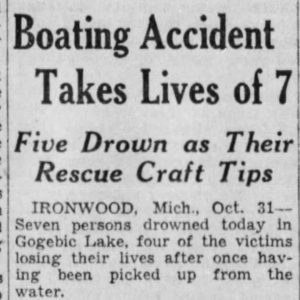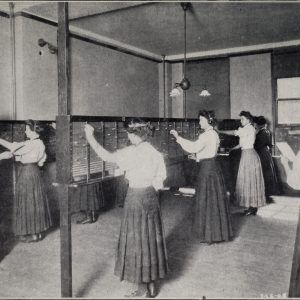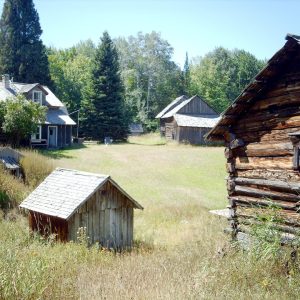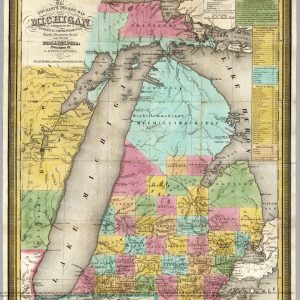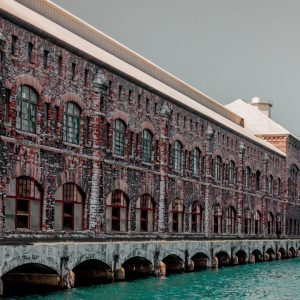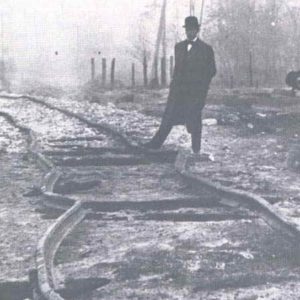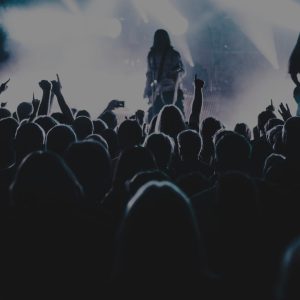Bridging Nations Some landmarks do not just connect places, they connect people, histories, and entire nations. One such landmark opened to traffic on October 31, 1962: the Sault Ste. Marie International Bridge, linking Sault Ste. Marie, Michigan, and Sault Ste. Marie, Ontario. Spanning the St. Marys River, this bridge is more than steel and concrete. It is the only vehicular crossing between Michigan and Ontario for nearly 300 miles. The bridge serves as the northern terminus of Interstate 75 (I-75). In fact, it remains the tenth, busiest passenger crossing on the Canada–U.S. border, making it a vital connection between the… Read More »



